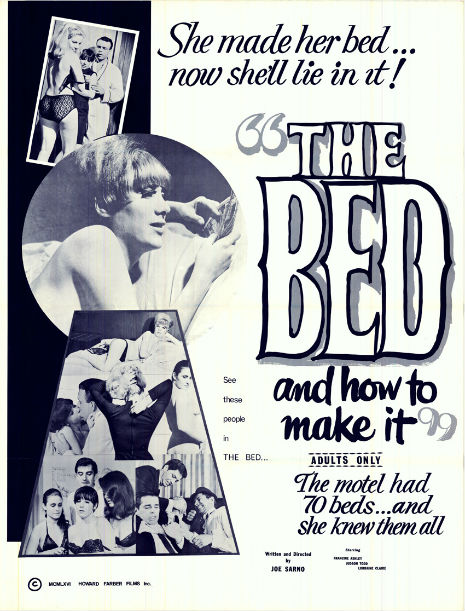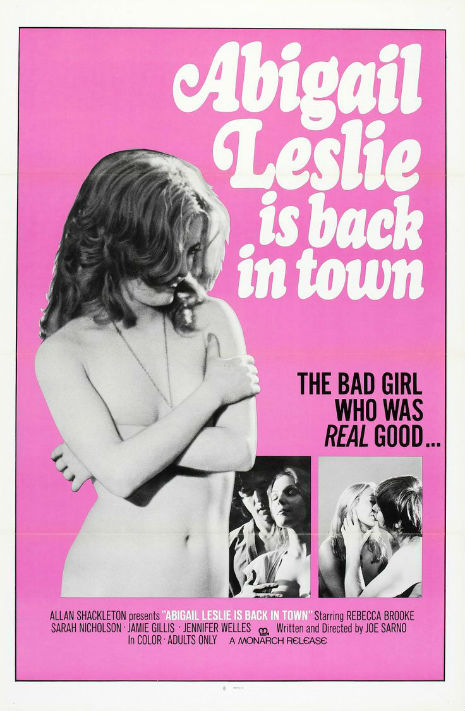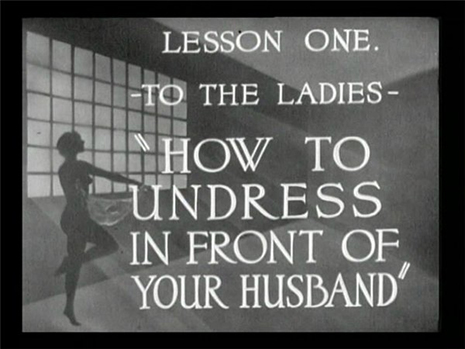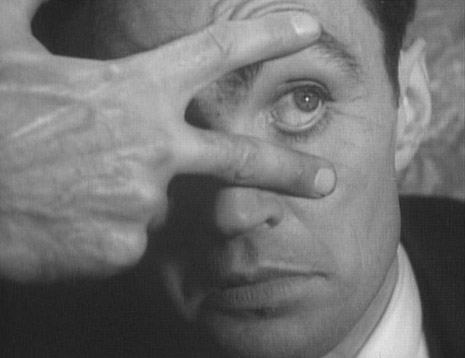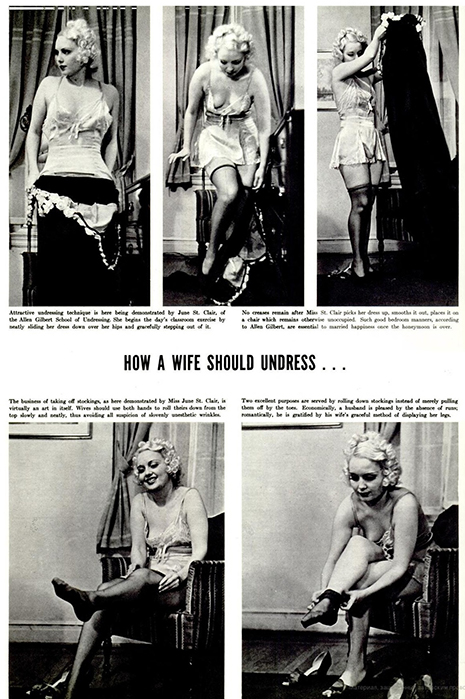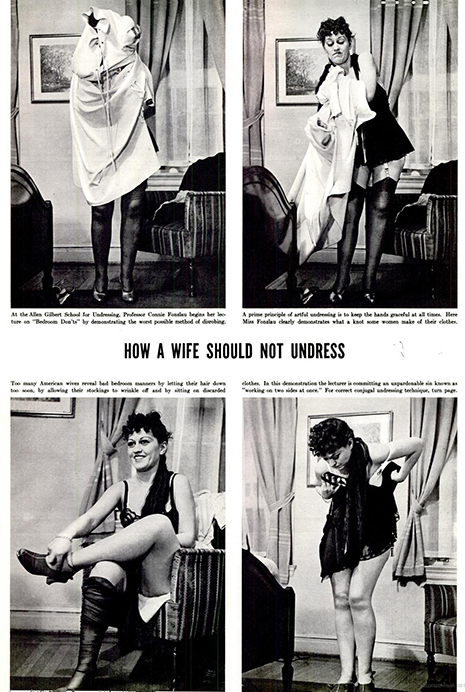
It could be the 1670’s, the 1970’s or in this present day, it is hard to be remain childlike in this world. This is the lesson beloved local TV children’s show host, Tom aka Mr. Rabbey (Tom Basham) learns in 1973’s massively overlooked horror film, The Psychopath aka Eye for an Eye. This grim and strange little gem opens up with one of Tom’s “Rabbey’s Rangers,” little Bobby, playing baseball with the neighborhood kids. His mother, who is straight out of central casting’s “abusive hag” division, immediately starts yelling and yanking him out of the game. His big infraction apparently is playing with other kids, who all seem fairly wholesome and nice. The ole chestnut of “Wait till your Father gets home” is growled at the little towheaded boy. Daddy does get home and is henpecked into unleashing some corporal sadism at the little boy, while one of the neighborhood kids watches in secret.
The next morning, an anonymous call is made to the police and little Bobby is “missing,” as his horrible parents look nervously at each other at the breakfast table. Bobby’s age? Five years old.

The film then cuts to “The Mr. Rabbey Show,” which centers around the eccentrically boyish host and his strangely gruesome puppet show. His choice in marionettes are something straight off of an old Jim and Tammy Faye Bakker album. (See, Oops, There Comes a Smile and get a nightmarish taste.) Despite the off putting puppets and plot lines involving cellars, Rabbey’s got a knack with the kids. A trait his handler Carolyn (Gretchen Kanne) recognizes, helping her come to his defense when the stage director hits the roof over Rabbey missing his marks for the umpteenth time.
Rabbey then goes to the park and plays with the local kids, almost like the pied piper of small town sunny suburbia. All is fun until one little girl’s horrible mother comes along and slaps the crap out of her when she tells her mom that she wants to stay with the other children and Mr. Rabbey. Before threatening her kid with “I’ll give you a reason to cry about!,” all but accuses Rabbey of having an untowards interest in the kids and warns him that she will go to the authorities. (Which apparently do not include DHS in her sphere of existence.) Rabbey looks irritated and confused, since his own sphere of existence seems to literally be stunted at a child-like level.
Meanwhile, the local police force are investigating Bobby’s disappearance. One of them notes that his medical records show a history of “accidents,” which are further looked into when the detective goes to the hospital and talks to the main nurse (Margaret Avery, who went on to be in Steven Spielberg’s The Color Purple). There’s no hard evidence of abuse, but she gives him a lecture on how you can tell when a kid is abused and introduces him to one little boy, who is bruised and afraid to speak. She shows the officer an experiment where she has the poor kid hold his arm up until she says to stop and asks the same of a little girl who was not abused. The latter immediately tires out and puts her arm down, while the little boy just leaves it up. The officer asks her how long Bobby left his arm up the last time he was in the hospital. She says “Fifteen Minutes.” While this is going on, Mr. Rabbey is in the room, visiting the sick kids to cheer them up with toys and a puppet show involving an executioner. Foreshadowing? You better believe it!

As the officer gets ready to leave, he is greeted and promptly scared by a puppet asking him questions through the driver’s side window. Rabbey pops up and doesn’t seem to make the officer feel any less weirded out, but does ask about Bobby and if they are going to arrest his parents. Of course, nothing concrete is given out information-wise, leaving Rabbey to think about justice that is needed. Another abused kid, a little girl named Rosemary, has one of the doctors knowingly tell her that if she needs anything, to call him. As she is being released, her harridan mother shows up and immediately starts quizzing her daughter if she told them “anything.” It’s a sick, sad world.
Bobby’s parents head home after searching for their kid with the police. They talk in hushed tones about when the authorities will find the body, all the while Rabbey is outside, listening. Soon, he breaks in and has one of his puppet friends peek around the corner, whispering, “Where’s the baby?” Creepsville turns into bloody justice land as the town’s boyish TV host offs both parents. While Bobby’s death has been avenged, you cannot spill blood without being changed and Rabbey heads back to the now empty studio, upset and playing the piano. Carolyn notices that he is acting more moody, especially during dinner, where he lightens up only when he starts exclaiming, “I wish I had all the chocolate cake in the world!” But he quickly comes down and says to her, “I don’t want to talk about it and you can’t make me. Leave me alone!” Things start to spiral more and more, with death, intrigue and one of the best and yet strangely, bleaker twist endings I have seen in a long time.

The Psychopath is an amazing and amazingly bent horror film that could have only emerged out of the 1970’s, arguably one of the grittiest periods for horror and crime films. It was the era that also gave us the even darker and brilliant The Candy Snatchers (1973), Hitchhike to Hell (1977) and more famously, The Texas Chainsaw Massacre (1974.) Out of all of these titles, The Psychopath is infinitely more obscure, as evidenced by its lack of any legal DVD/Blu-ray release, something that all of the above have had. Which is a shame because there is truly nothing quite like it.
It’s commitment to not reward you with any feel-good comeuppance and present a fairly stark worldview is equaled by the strong performance by Mr. Rabbey himself, Tom Basham. A character actor who had appeared on TV shows like Adam-12 and Night Gallery, as well as the pro-gay cult biker film, The Pink Angels, Basham’s performance here is nothing short of unforgettable. He physically inhabits the role of this murderous man-child, acting every bit like a kid who gets irrationally upset, acts out and gets neglected, save initially for Carolyn and the kids themselves. Having the harsh realities of a world born ugly rear up in the imaginary life he’s created is a pill that Rabbey cannot swallow. After all, puppet violence is way easier to deal with than the real thing, so when these two worlds clash, none of this goes well. Having passed away back in 2010 from small cell cancer of the lungs, it’s truly a shame that Basham did not become a bigger name since what can be seen of his work is quite good, with his turn as Rabbey being the biggest stand-out.

The film itself is not perfect, with parts of the soundtrack being reminiscent more of a TV Movie of the Week than a dark horror film about mental instability and child abuse. It is also really strange that all but one of the many abusive parents featured here are mothers. The dads are mentioned but other than Bobby’s drunken henpecked sadist of a father, they are more in the background. This certainly would be far from the first (or last) film to deal with some violent mommy issues.
The Psychopath has remained in semi-obscurity for years. A remake was planned in the 1980s with Combat Shock director Buddy Giovinazzo at the helm and starring the interstellar Joe Spinell as “Mr. Robbie.” In a weird move, it was to be titled Maniac 2: Mr Robbie, though it had nothing whatsoever to do with William Lustig’s Maniac. Some footage was shot but the film itself was never completed due to the untimely death of Spinell. (Though you can see some of the footage in the X-rated version of Skinny Puppy’s “Worlock” video.)
The Psychopath can be found both on way out-of-print VHS copies and somewhat easily via the gray market DVD circuit (and YouTube in several parts), but with so many equally obscure films finding their way to legit DVD/Blu-ray releases, one hopes that this bizarre horror gem will get the treatment it so desperately deserves.












